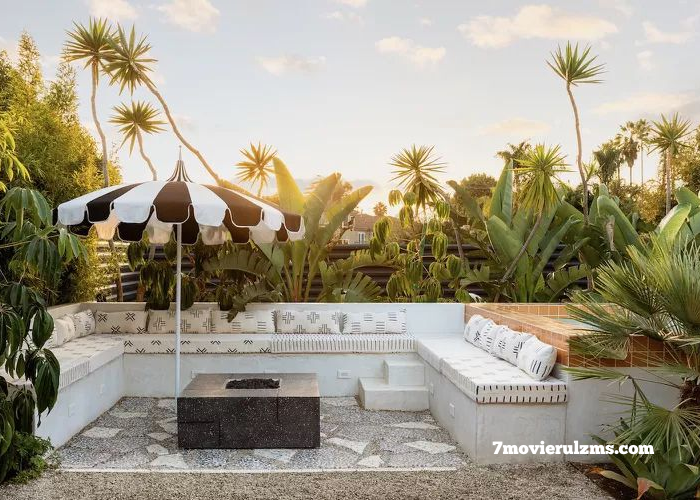In the realm of design, achieving a cohesive and seamless style that effortlessly flows between indoor and outdoor spaces is the pinnacle of sophistication. The fusion of home and garden aesthetics creates a harmonious environment that elevates both the living space and the surrounding landscape. In this article, we delve into the art of harmonizing home and garden, exploring strategies and tips to achieve a unified style that enhances the beauty of both domains.
Understanding the Essence of Harmonization
Harmonizing a home and garden involves more than just matching colors and textures; it requires a deep understanding of the connection between indoor and outdoor spaces. At its core, harmonization seeks to blur the boundaries between the two, creating a fluid transition that encourages seamless movement and appreciation of both environments. To achieve this, consider the following strategies:
Embrace Continuity in Design Elements
One of the key principles of harmonization is maintaining continuity in design elements throughout the home and garden. Start by identifying common themes, such as colors, materials, and architectural features, that can be seamlessly integrated into both spaces. For example, if your indoor space features natural stone flooring, consider extending the same material to your outdoor patio or garden paths. This creates a visual connection that ties the two areas together, fostering a sense of unity and cohesion.
Establish a Unified Color Palette
Color plays a crucial role in creating a cohesive look between indoor and outdoor spaces. Choose a unified color palette that complements both environments and reflects the overall style you wish to achieve. Neutral tones like beige, taupe, and gray serve as versatile foundations that seamlessly blend indoor furnishings with outdoor landscaping.
Introduce pops of color through accessories, such as throw pillows, outdoor rugs, and potted plants, to add visual interest while maintaining harmony throughout the space.
Blur the Line Between Indoors and Outdoors
To enhance the connection between indoor and outdoor living spaces, consider incorporating design elements that blur the line between the two. Sliding glass doors, expansive windows, and outdoor living rooms create a seamless transition that allows natural light to flow freely while providing uninterrupted views of the surrounding landscape.
Additionally, integrating indoor plants and greenery into your interior design brings a touch of the outdoors inside, further bridging the gap between the home and garden.
Create Functional Zones for Unified Living
When harmonizing home and garden, it’s essential to design functional zones that cater to both indoor and outdoor activities. Define areas for dining, lounging, and entertaining that seamlessly transition from interior to exterior spaces.
For example, an open-concept kitchen with a large island can extend into a patio dining area, creating a unified space for cooking and al fresco dining. Similarly, cozy seating arrangements in the garden invite relaxation and socialization, blurring the boundaries between indoor comfort and outdoor serenity.
Pay Attention to Scale and Proportion
Achieving harmony between home and garden also involves careful consideration of scale and proportion. Ensure that outdoor furniture, landscaping elements, and architectural features are proportionate to the scale of both the indoor and outdoor spaces. Oversized furniture or towering plants can disrupt the visual flow and create a sense of imbalance.
By maintaining harmony in scale, you create a cohesive environment where every element feels integrated and purposeful.
Conclusion
Harmonizing home and garden is an art form that requires careful planning, attention to detail, and a deep appreciation for the interconnectedness of indoor and outdoor living spaces. By embracing continuity in design elements, establishing a unified color palette, blurring the line between indoors and outdoors, creating functional zones, and paying attention to scale and proportion, you can create a seamless style that enhances the beauty and functionality of both your home and garden. Let these strategies guide you as you embark on the journey to harmonize your living spaces and cultivate a sense of unity and balance in your home environment.




